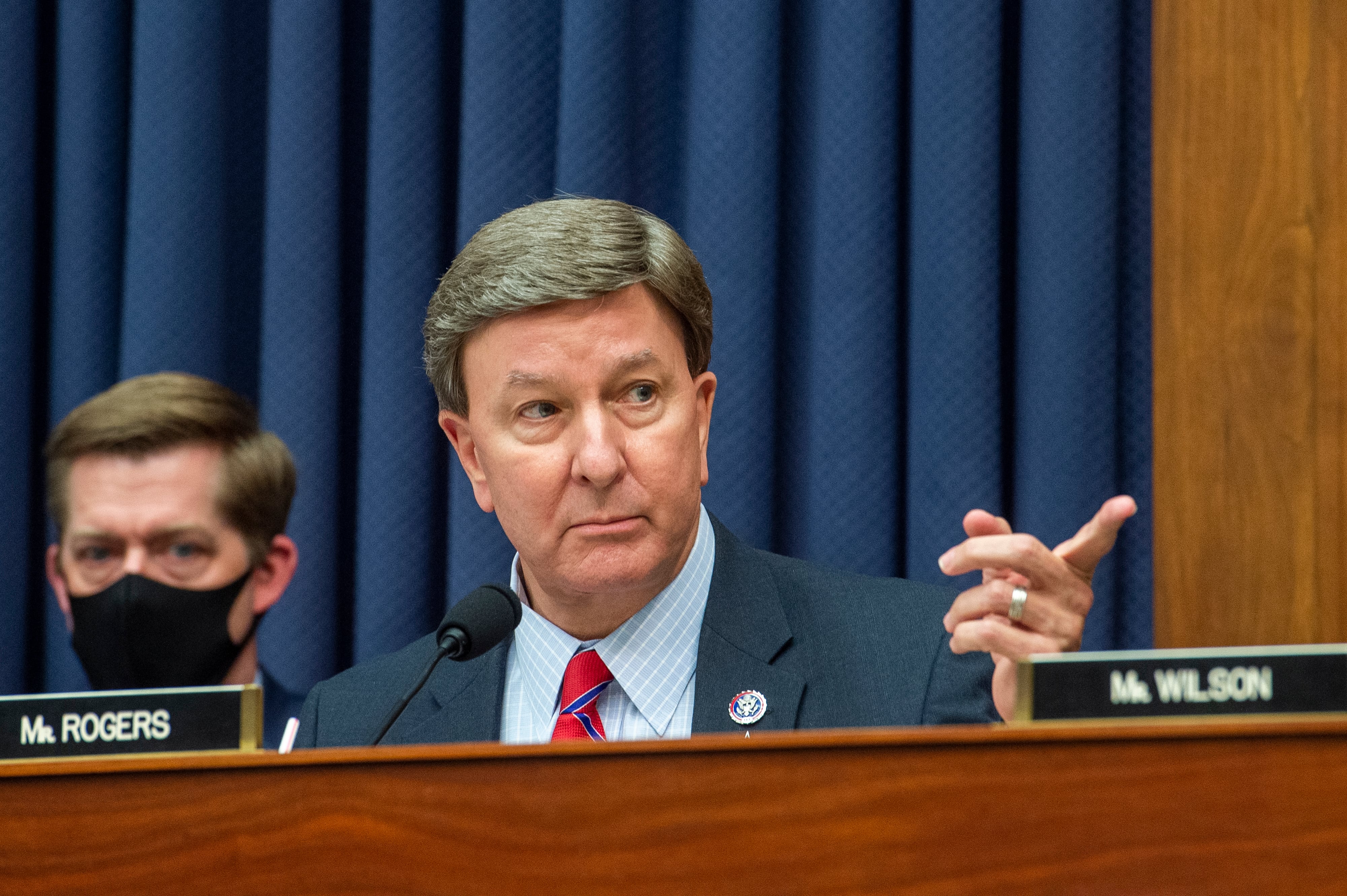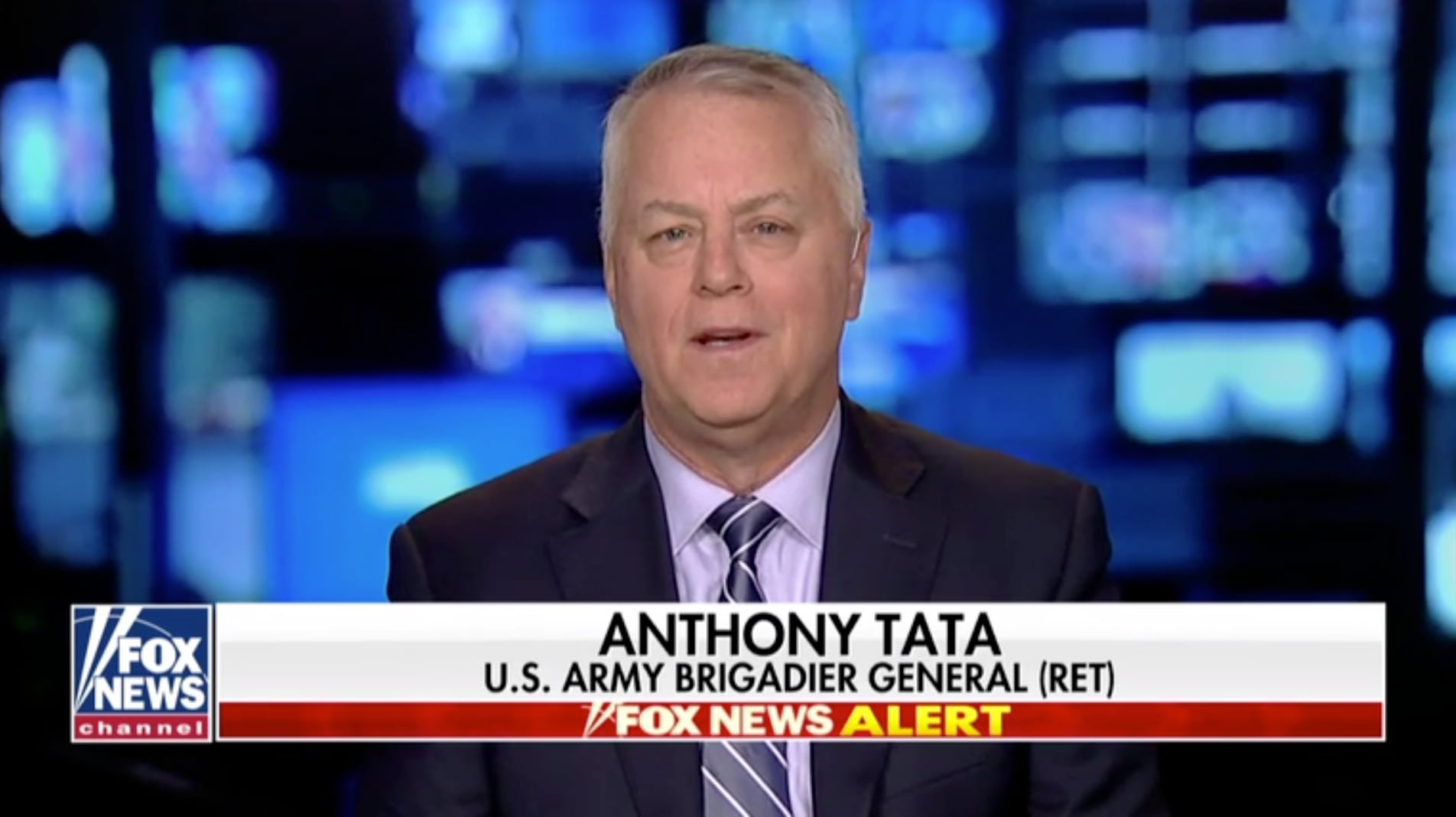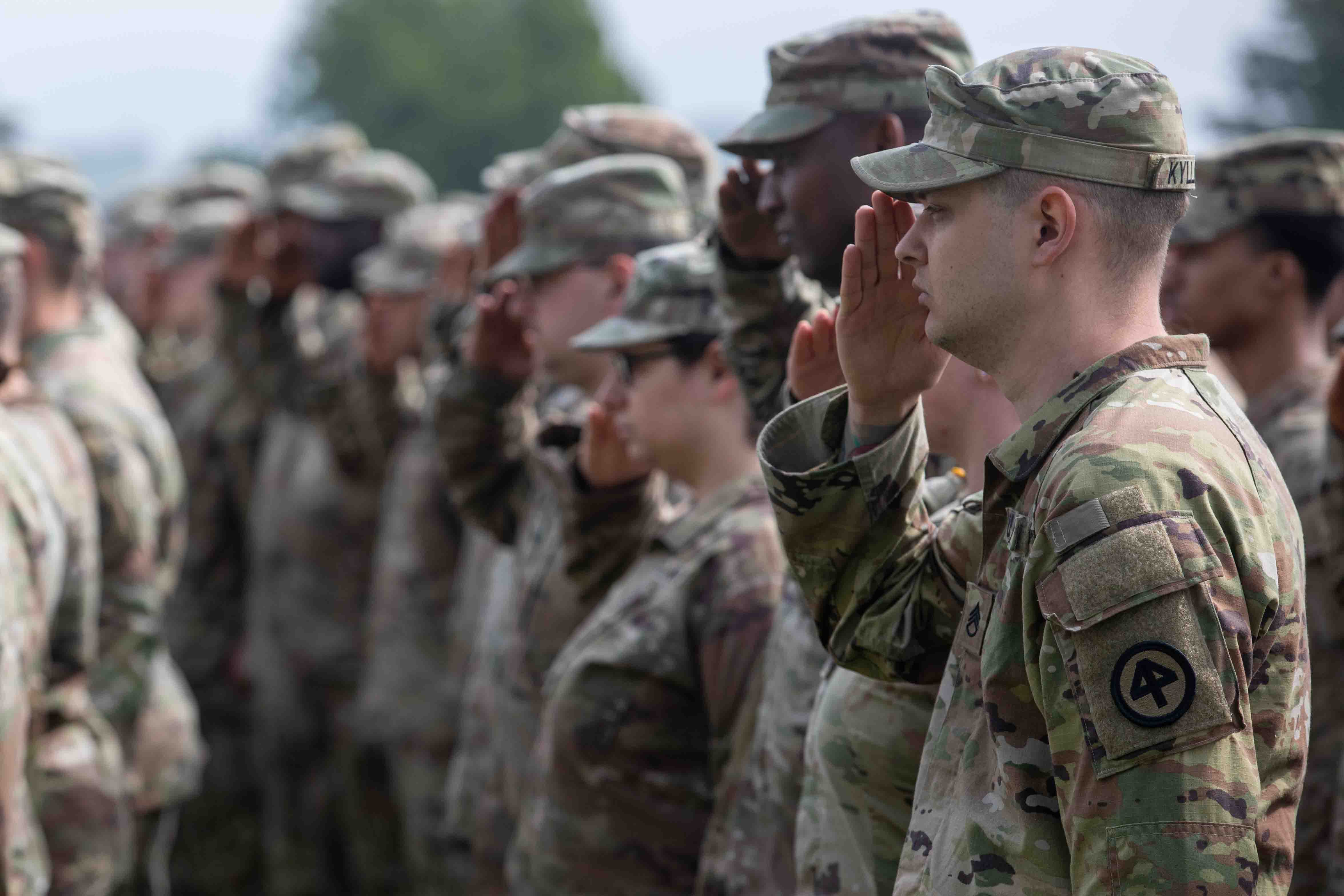Easy-credit fallout
The article concerning credit practices impacting some military members is instructive to all those who use newly acquired borrowing power ["Retired officer helps run easy-credit company," Aug. 18].
USA Discounters uses the general reliability of the payment ability of military borrowers to encourage everyone — active military and government employees — to apply for credit and then states in its advertisement that they [the borrowers] are always approved for credit. Sure they are always approved — USA Discounters can rely on the military governance and finance system to ensure it is paid.
If it does not get paid, the company can litigate wherever it wants regardless of the location of the borrower.
Certainly, if someone borrows money, the lender needs reasonable recourse but it indeed needs to be reasonable.
I am sure that based upon [USA Discounters official and retired Navy Capt. Timothy] Dorsey's comments referencing his high regard for his former fellow service members and his own honorable service that he would support the changes that I have suggested to one of my federal legislators.
First, the place of adjudication for legal collection activity from military members should be the place of purchase or a mutually agreeable and convenient to the borrower's U.S. jurisdiction. I have suggested that by law companies involved in sales to transient military members would not be permitted to define in their contracts a single state of jurisdiction regardless of state of purchase.
Secondly, the use of military payroll allotments should be restricted to those related to health and welfare — which I believe was the original intent of allotments.
The military payroll system should not be used as an enticement collection instrument by retail operations.
I am interested in Mr. Dorsey's expanding on his email statement that he is "proud of the work USA Discounters has done in support of military service members as well as programs aimed at veterans, youth, and military families." Maybe other firms doing business in the military community would be interested in duplicating this firm's outreach efforts.
My recommendations are not related to any personal obligation to this or any similar firm.
My recommendations are based upon my experience as a former aircraft and unit commander and — to generally quote from Mr. Dorsey's email — my commitment to treat my fellow service members in any capacity with honor and respect.
Lt. Col. Kenneth Johnson (ret.)
Milton, Pa.
Together in life, death
In the highlights of the Air Force Academy's 60 years ["8 dates as the academy marks 60," July 21 issue], the last tab referred to the tragic death in 2009 of Capt. Mark McDowell, Class of 2005.
Firstly, Mark died on July 18 not the 17th, and secondly he died with his commander, Capt. Thomas Gramith. How am I so sure? I am the mother of Capt. Thomas Gramith, and Mark would be horrified that you noted his death and not Tom's.
Tom turned down his Air Force Academy appointment and graduated as a mechanical engineer from North Dakota State University.
They were initially buried individually. When additional remains were found, they were buried together at Arlington National Cemetery, Section 60, Number 9217.
Patricia O'Kane-Trombley
Colorado Springs, Colo.
Editor's note: The story pulled dates from the academy's Web page commemorating its 60th anniversary. Alumnus Steve Simon, who is compiling the page, responds:
"Our research uncovered evidence of both 17 July and 18 July as the date of the accident. Air Force Mortuary Affairs confirmed Mrs. O'Kane-Trombley's assertion that 18 July is the official date. We have corrected the entry in
the 'This Day in Air Force Academy History' listing. This history project addresses significant Air Force Academy events, as we commemorate our sixtieth anniversary. The items are very brief and Academy-centric, and do not endeavor to tell the complete story."
Use PT test as tool
I disagree with Master Sgt. Gordon Childs' comment about doing away with the PT test [Letters, Aug. 11 issue].
During my 33-year Air Force career, I saw many overweight, out-of-shape airmen who not only looked lousy but could not perform their jobs in material management whether in an office or a warehouse. Many could not be deployed because they could not assist with challenging tasks.
There may be things wrong with the PT test — waist measurement may be one — but doing away with PT entirely is not the answer.
Know how I readied my squadrons for the run test? I challenged them to run with me indoors and outdoors. I challenged them to beat my times.
Many accepted the challenge and many did beat me, which was my goal. Many more took up running to stay in shape and join in the esprit de corps we built together. Many stay in touch with me even though I retired in 1991. And many who took up the challenge advanced through the ranks to chief master sergeant themselves. I'm proud of all with whom I served.
So, no, do not eliminate the PT test. Use it as a tool to improve your units.
Chief Master Sgt. Edward Conley Jr. (ret.)
Fairfax, Va.
Write us
Email: airlet@airforcetimes.com. Include your name, address, phone and rank. Submissions may be edited and published in print or electronic form and become the property of Gannett Government Media.





